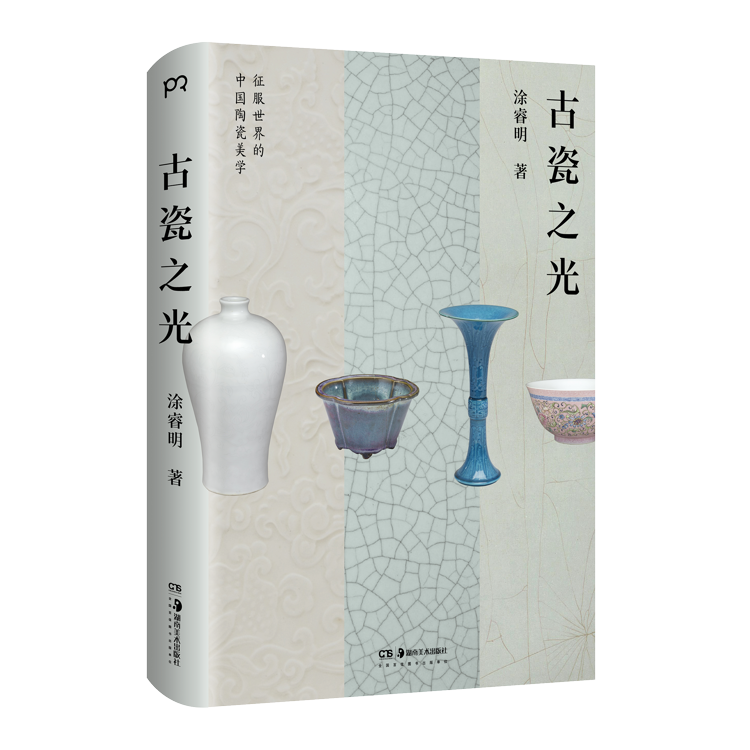

With a discussion of the painting on the cup, an introduction of the doucai technique, the description of its delicate form, and the narration of legends about it, Tu uses plain and vivid language to help readers appreciate this masterpiece, as he does with the other 76 representative ancient Chinese ceramic pieces in the book.
In 1999, after graduating from university, Tu became a civil servant in Nanchang, Jiangxi province. In 2006, Tu fell in love with tea and purple clay teapots. In 2007, to find good tea cups, Tu started reading a lot of books about ceramics and going to Jingdezhen, China's "porcelain capital", to buy various kinds of ceramic products.
As he learned more about ceramics and bought many items, he started an online store in March 2008 to sell the items he did not want to keep. In 2009, the monthly sales surpassed 10,000 yuan ($1,500) and Tu decided to quit his job to focus on ceramics.
"Because of the online store, I have a profound understanding of ceramic culture, techniques and the industry. The traditional ceramic technique developed, but a craftsman's life was hard. They deserve better understanding and recognition, which is why we started our business," Tu writes in a blog post. "We try to bring traditional aesthetics and craftsmanship into modern life."